Hi friends. We are excited to launch the second generation of Clay’s pricing plan! In this piece, we’ll go through our changes and share a behind-the-scenes look at our internal deliberation process.
Our long term goal is to help you find more customers. We want to allow you to experiment with different prospecting techniques and have that be easy and stress free. We initially started out with a simple pricing plan with credits that you use to get data from various data providers. Credits align with our unit costs but today we are also introducing feature gates that segment our customers based on the sophistication of their workflow. This allows us to capture a portion of the value that we provide beyond credits, and aligns with our goal of continuing to decrease the cost of data.
Here are a few of the changes that we’re doing to align ourselves with this long term goal, and provide customers more granular options to fit their teams’ needs:
- A free tier
- An affordable entry-level plan (starting at $129/mo)
- Multiple plans to match the sophistication of your workflow and multiple credit tiers per plan with the option to buy up to 200k credits/mo self-serve
- Feature gates around CRM and email integrations, webhooks and the HTTP API to segment our customers based off their workflow sophistication
- A bigger annual plan discount (25%)
- …and finally, unlimited seats for all plans!
You can find more details on our updated pricing page. (Note: all existing paid customers will be unaffected by these changes.)
Our goal is to share our rationale openly with customers (send us your feedback!) and maybe even help other early-stage companies who are figuring out pricing. Let’s jump into the reasoning behind these changes.
Why we changed our pricing
Our first pricing plan was very simple: three tiers with different credit options. This plan helped us scale from a few design partners to hundreds of customers.
Here’s why it worked well:
- It was easy to understand. The only variable that changed per plan was # of credits.
- The unit cost was cheap. The cost per credit was great for early customers, including many high-volume lead generation agencies.
- We were able to provide hands-on support to every customer. We intentionally set our lowest plan at the entry point of $349/mo to keep our small team from being overwhelmed with support requests.
In recent months, however, we felt that it was time for a revamp. Why?
- Many prospective customers requested a lower-priced entry-level plan—and our product & team could now support them.
- We could give customers more granular credit options (the prior options of 20k, 50k, and 100k were big jumps that didn’t fit all situations well).
- We’re segmenting customers by the different levels of sophistication of their workflows using feature gates, and capturing more value in the more complex workflows.
- It’s healthy to revisit pricing every few months! Many early businesses underutilize this important monetization lever.
Our deliberation process
Once we decided to revisit pricing, I spent a few weeks thinking about our new pricing plan. I read many books and blog posts on B2B SaaS pricing, but the most helpful guidance I got—by far—was from other operators who had revamped their own company’s pricing.
Here was our basic process:
Brainstorm with customers: I started off by brainstorming all the pricing levers and feature gates I could think of, informed by many customer interactions, and showed my notes to 5-10 power users.
It’s really important to us that Clay feels good, and that includes pricing. The worry we had with a credit system is that it might feel like we are nickel-and-diming customers. We want to make sure that we are providing far more value than we are capturing. I asked the customers about what they thought reasonable price points were and eliminated any feature gates that didn’t resonate.
Carry out market research: I listened to every well-regarded pricing podcast and read a few books and blogs. In retrospect, this wasn’t a total waste of time, but I definitely spent way more time doing it than I should have. Reading a few pieces like these is more than enough.
Create a proposal and ask for feedback: I took what I had gleaned from the internet and our customers, put together a proposal, and wrote up an FAQ that outlined my thinking (scroll down to see it!). I shared this with our team, power users, and pretty much any smart person I could find.
Incorporate feedback: I addressed everyone’s feedback and worked closely with our engineering team (shout out to Karan!) to implement these changes. We opted to remove a few table limitations for simplicity’s sake. We considered using a usage-based billing vendor like Stage, Turnstile or Orb, but ultimately decided to continue building our pricing infrastructure internally, given our unique needs.
Below, we’re sharing a lightly-edited version of our internal team memo explaining the logic behind all of the pricing decisions. We hope this helps explain our approach to both our customers and other early stage teams who are thinking about pricing!
Our internal pricing memo
Why are we introducing a lower tier plan?
A lower tier plan lets us help and access more of the market. Until now, we’ve focused on working with bigger customers who’d give helpful early product feedback. Adding a lower tier plan too early would’ve risked smaller customers overwhelming our support capacities.
Now that we’ve added more documentation and tutorials, and we have team members dedicated to supporting our community Slack, we’re able to open up a lower tier plan. We expect this plan mainly to be used by a different customer segment — recruiters. It’ll also help users at bigger companies try Clay before they commit to a larger plan.
We’re also introducing feature gates to delineate workflows that are used by bigger customers with more sophisticated use cases.
Why is the annual discount (25%) higher than before (15%)?
We hope that a higher annual discount encourages more users to prospect more consistently throughout the year. A number of our customers approach prospecting as a bulk activity that they do in Clay, then they move to messaging tools to email or call the prospects.
We believe that building a list for the next 3-6 months is not the ideal way to prospect because the data quality decays over time (people move jobs, company information changes). Additionally, it’s important to experiment with how you find your ICP with multiple smaller experiments, and we think it's better to send a smaller number of highly targeted messages to protect your inbox's reputation.
How did we come up with the different tiers?
Each tier is designed to have the right features and credit volume for different personas. The starter tier should appeal to recruiters, people at bigger companies buying with their credit card, or early stage startups with low volume. Explorer should appeal to Seed to Series A companies or lead generation agencies. Pro should appeal to mature companies with revenue operations/sales teams.
Should we let people buy more credits in their tier?
We are trying to shift customers' behavior away from being risk-averse about credits and think more in terms of their workflow and their average credit usage. If they are consistently doing more volume they can move up to the next option in their tier.
Since we don't own any of the data, we're aligned with users in reducing the credit cost, as our long term goal is to bring down data costs overall so people can prospect, enrich and find new customers without feeling limited.
Why are we raising the unit cost of the credits?
We are moving our pricing from being based on credits to catering to the workflow for different personas.
Our long term goal is to move away from customers calculating a lead as being worth $x in credits. We're aligned with customers on wanting to decrease the cost of data and want to help them do the whole outbound workflow and find new customers.
Our credit costs remain just as low at high volumes. At lower volumes we are still lower than what many data providers offer. However, we initially overprovisioned the number of credits that we included in each plan, and as we've gotten more information on typical usage patterns for each persona, we're adjusting the numbers to better fit that usage.
Why are we removing user limits?
We haven’t found user limits to be an effective pricing lever. It helps us when people invite their teammates: we can get more traction and they can use more credits! We can add back user-based pricing in the future when we develop specialized user experiences, like having a lead inbox per SDR, managing lead lists/messages relative to your team’s, etc.
Why are we gating “send data” integrations and API/Webhooks?
Typically these integrations require more setup and are used in more sophisticated workflows that may need our support and are used by larger companies with higher volumes. You can still export data and manually import it to the other tools if you want on the starter/free plans, but these will be gated until the explorer/pro plans.
If you’ve read this far, we hope this has been helpful to you! If you have any questions, feedback, or just want to chat about pricing, please feel free to reach out at varun@clay.com.
Big thank you to users and thought partners like Avery Bloom, Patrick Despres-Gallagher, Stefan Kollenberg, Harris Kenny, Jordan Crawford, and many others for their thoughts and feedback through this process!
Hi friends. We are excited to launch the second generation of Clay’s pricing plan! In this piece, we’ll go through our changes and share a behind-the-scenes look at our internal deliberation process.
Our long term goal is to help you find more customers. We want to allow you to experiment with different prospecting techniques and have that be easy and stress free. We initially started out with a simple pricing plan with credits that you use to get data from various data providers. Credits align with our unit costs but today we are also introducing feature gates that segment our customers based on the sophistication of their workflow. This allows us to capture a portion of the value that we provide beyond credits, and aligns with our goal of continuing to decrease the cost of data.
Here are a few of the changes that we’re doing to align ourselves with this long term goal, and provide customers more granular options to fit their teams’ needs:
- A free tier
- An affordable entry-level plan (starting at $129/mo)
- Multiple plans to match the sophistication of your workflow and multiple credit tiers per plan with the option to buy up to 200k credits/mo self-serve
- Feature gates around CRM and email integrations, webhooks and the HTTP API to segment our customers based off their workflow sophistication
- A bigger annual plan discount (25%)
- …and finally, unlimited seats for all plans!
You can find more details on our updated pricing page. (Note: all existing paid customers will be unaffected by these changes.)
Our goal is to share our rationale openly with customers (send us your feedback!) and maybe even help other early-stage companies who are figuring out pricing. Let’s jump into the reasoning behind these changes.
Why we changed our pricing
Our first pricing plan was very simple: three tiers with different credit options. This plan helped us scale from a few design partners to hundreds of customers.
Here’s why it worked well:
- It was easy to understand. The only variable that changed per plan was # of credits.
- The unit cost was cheap. The cost per credit was great for early customers, including many high-volume lead generation agencies.
- We were able to provide hands-on support to every customer. We intentionally set our lowest plan at the entry point of $349/mo to keep our small team from being overwhelmed with support requests.
In recent months, however, we felt that it was time for a revamp. Why?
- Many prospective customers requested a lower-priced entry-level plan—and our product & team could now support them.
- We could give customers more granular credit options (the prior options of 20k, 50k, and 100k were big jumps that didn’t fit all situations well).
- We’re segmenting customers by the different levels of sophistication of their workflows using feature gates, and capturing more value in the more complex workflows.
- It’s healthy to revisit pricing every few months! Many early businesses underutilize this important monetization lever.
Our deliberation process
Once we decided to revisit pricing, I spent a few weeks thinking about our new pricing plan. I read many books and blog posts on B2B SaaS pricing, but the most helpful guidance I got—by far—was from other operators who had revamped their own company’s pricing.
Here was our basic process:
Brainstorm with customers: I started off by brainstorming all the pricing levers and feature gates I could think of, informed by many customer interactions, and showed my notes to 5-10 power users.
It’s really important to us that Clay feels good, and that includes pricing. The worry we had with a credit system is that it might feel like we are nickel-and-diming customers. We want to make sure that we are providing far more value than we are capturing. I asked the customers about what they thought reasonable price points were and eliminated any feature gates that didn’t resonate.
Carry out market research: I listened to every well-regarded pricing podcast and read a few books and blogs. In retrospect, this wasn’t a total waste of time, but I definitely spent way more time doing it than I should have. Reading a few pieces like these is more than enough.
Create a proposal and ask for feedback: I took what I had gleaned from the internet and our customers, put together a proposal, and wrote up an FAQ that outlined my thinking (scroll down to see it!). I shared this with our team, power users, and pretty much any smart person I could find.
Incorporate feedback: I addressed everyone’s feedback and worked closely with our engineering team (shout out to Karan!) to implement these changes. We opted to remove a few table limitations for simplicity’s sake. We considered using a usage-based billing vendor like Stage, Turnstile or Orb, but ultimately decided to continue building our pricing infrastructure internally, given our unique needs.
Below, we’re sharing a lightly-edited version of our internal team memo explaining the logic behind all of the pricing decisions. We hope this helps explain our approach to both our customers and other early stage teams who are thinking about pricing!
Our internal pricing memo
Why are we introducing a lower tier plan?
A lower tier plan lets us help and access more of the market. Until now, we’ve focused on working with bigger customers who’d give helpful early product feedback. Adding a lower tier plan too early would’ve risked smaller customers overwhelming our support capacities.
Now that we’ve added more documentation and tutorials, and we have team members dedicated to supporting our community Slack, we’re able to open up a lower tier plan. We expect this plan mainly to be used by a different customer segment — recruiters. It’ll also help users at bigger companies try Clay before they commit to a larger plan.
We’re also introducing feature gates to delineate workflows that are used by bigger customers with more sophisticated use cases.
Why is the annual discount (25%) higher than before (15%)?
We hope that a higher annual discount encourages more users to prospect more consistently throughout the year. A number of our customers approach prospecting as a bulk activity that they do in Clay, then they move to messaging tools to email or call the prospects.
We believe that building a list for the next 3-6 months is not the ideal way to prospect because the data quality decays over time (people move jobs, company information changes). Additionally, it’s important to experiment with how you find your ICP with multiple smaller experiments, and we think it's better to send a smaller number of highly targeted messages to protect your inbox's reputation.
How did we come up with the different tiers?
Each tier is designed to have the right features and credit volume for different personas. The starter tier should appeal to recruiters, people at bigger companies buying with their credit card, or early stage startups with low volume. Explorer should appeal to Seed to Series A companies or lead generation agencies. Pro should appeal to mature companies with revenue operations/sales teams.
Should we let people buy more credits in their tier?
We are trying to shift customers' behavior away from being risk-averse about credits and think more in terms of their workflow and their average credit usage. If they are consistently doing more volume they can move up to the next option in their tier.
Since we don't own any of the data, we're aligned with users in reducing the credit cost, as our long term goal is to bring down data costs overall so people can prospect, enrich and find new customers without feeling limited.
Why are we raising the unit cost of the credits?
We are moving our pricing from being based on credits to catering to the workflow for different personas.
Our long term goal is to move away from customers calculating a lead as being worth $x in credits. We're aligned with customers on wanting to decrease the cost of data and want to help them do the whole outbound workflow and find new customers.
Our credit costs remain just as low at high volumes. At lower volumes we are still lower than what many data providers offer. However, we initially overprovisioned the number of credits that we included in each plan, and as we've gotten more information on typical usage patterns for each persona, we're adjusting the numbers to better fit that usage.
Why are we removing user limits?
We haven’t found user limits to be an effective pricing lever. It helps us when people invite their teammates: we can get more traction and they can use more credits! We can add back user-based pricing in the future when we develop specialized user experiences, like having a lead inbox per SDR, managing lead lists/messages relative to your team’s, etc.
Why are we gating “send data” integrations and API/Webhooks?
Typically these integrations require more setup and are used in more sophisticated workflows that may need our support and are used by larger companies with higher volumes. You can still export data and manually import it to the other tools if you want on the starter/free plans, but these will be gated until the explorer/pro plans.
If you’ve read this far, we hope this has been helpful to you! If you have any questions, feedback, or just want to chat about pricing, please feel free to reach out at varun@clay.com.
Big thank you to users and thought partners like Avery Bloom, Patrick Despres-Gallagher, Stefan Kollenberg, Harris Kenny, Jordan Crawford, and many others for their thoughts and feedback through this process!






















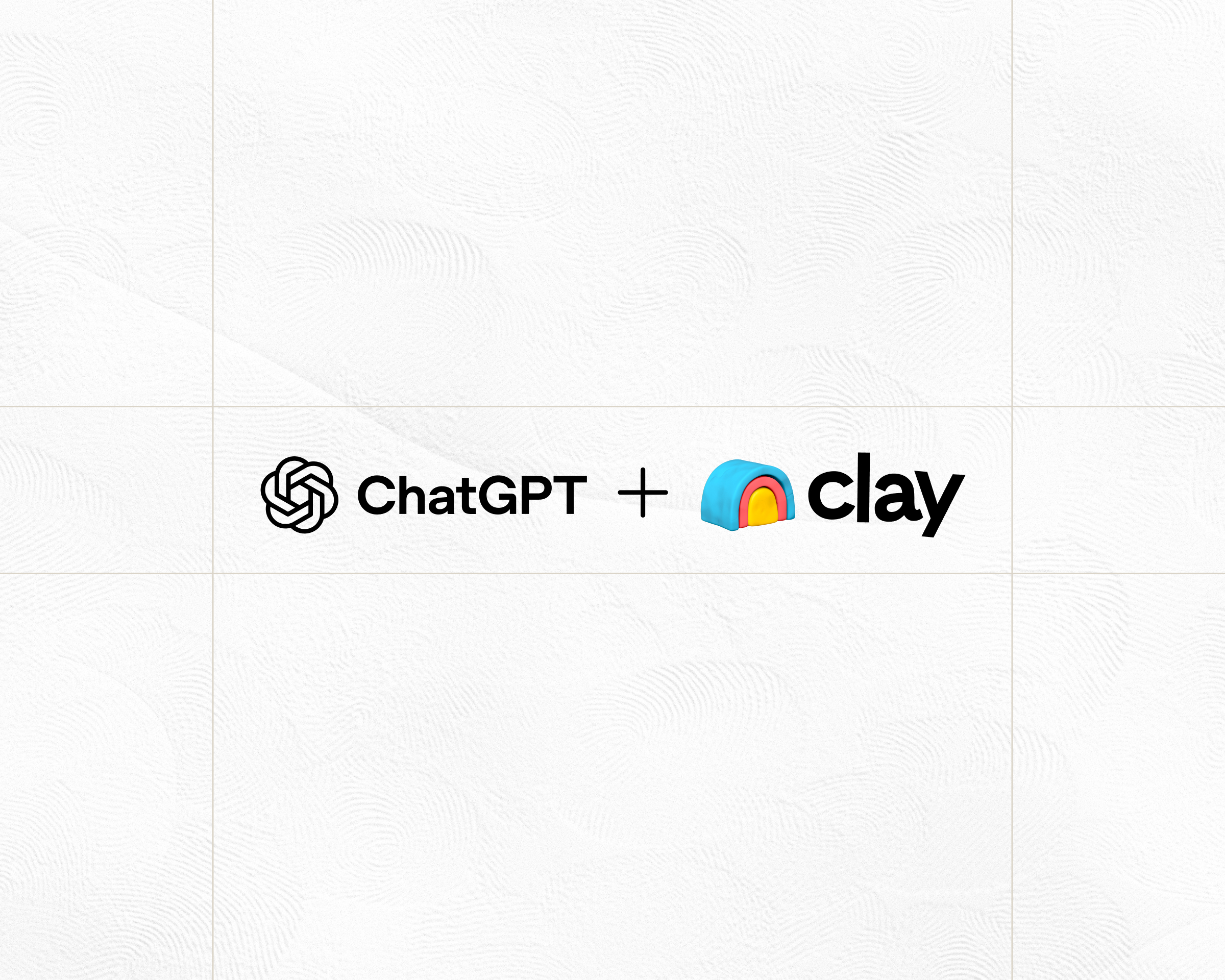
.jpg)
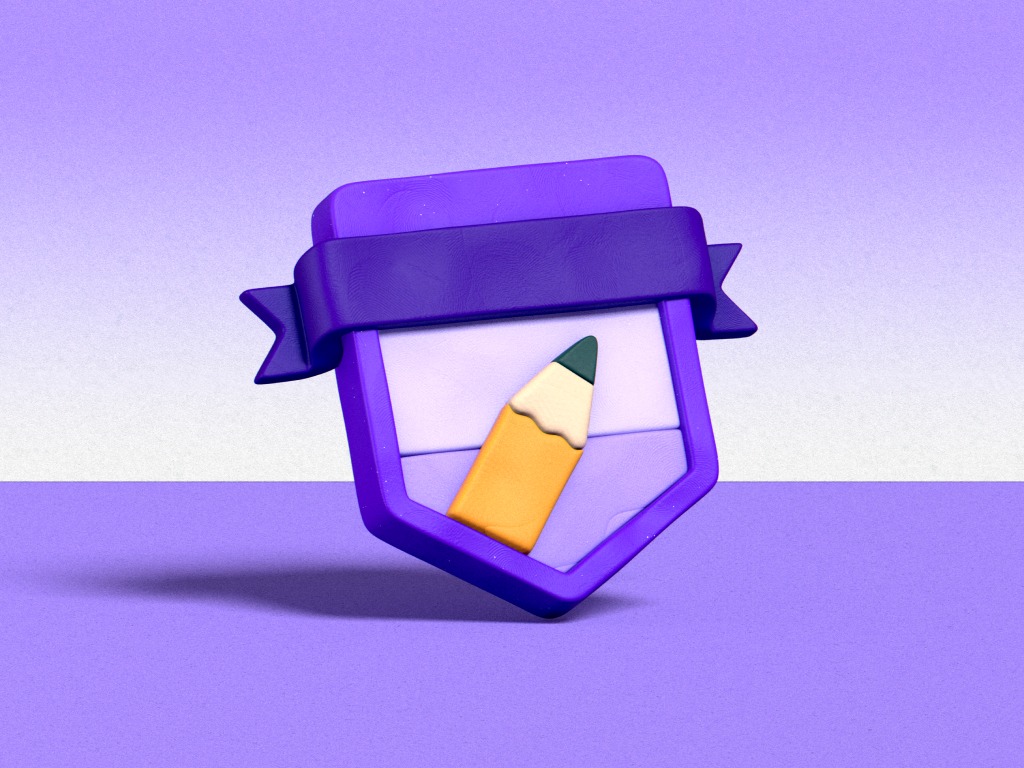
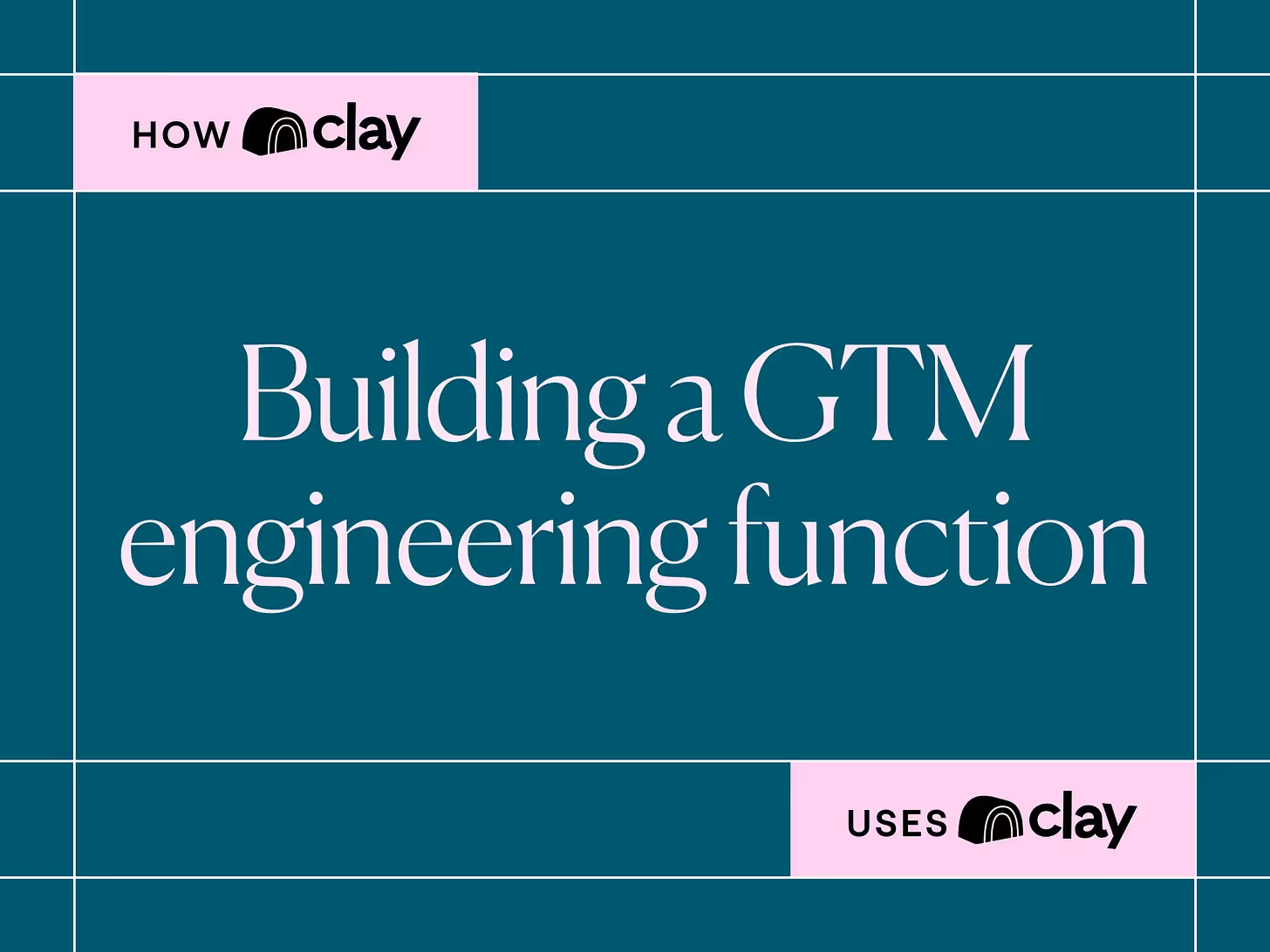


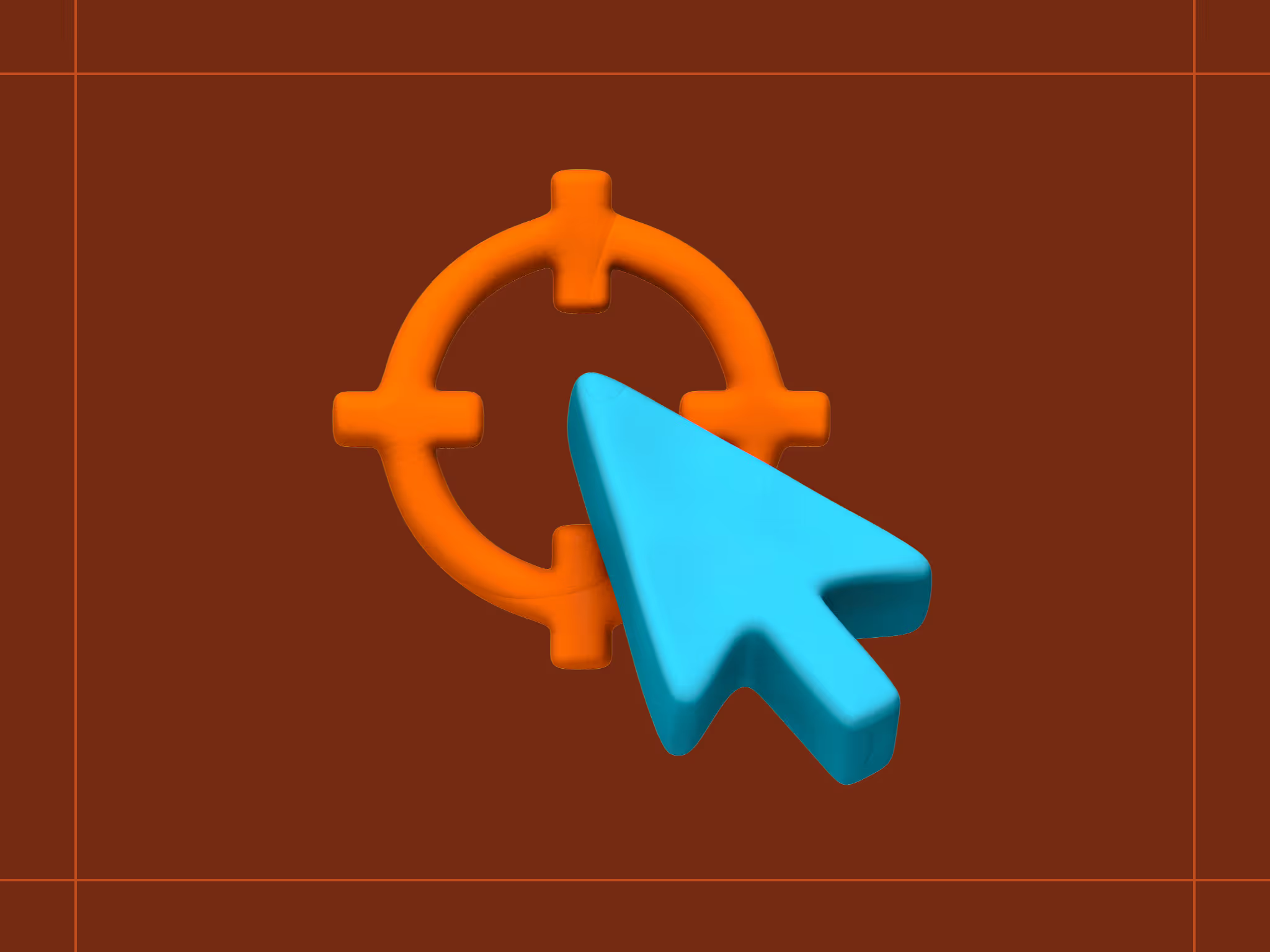
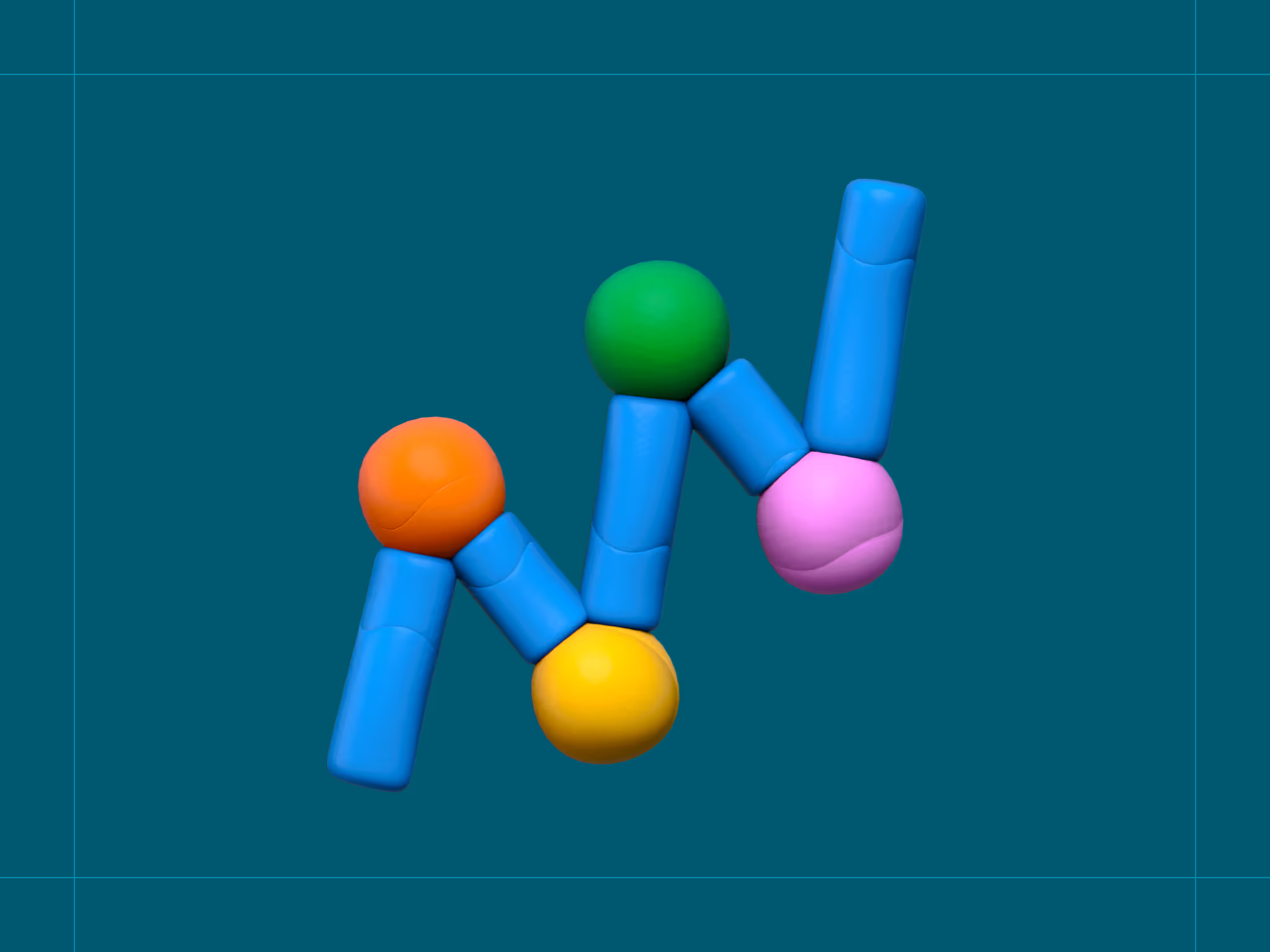
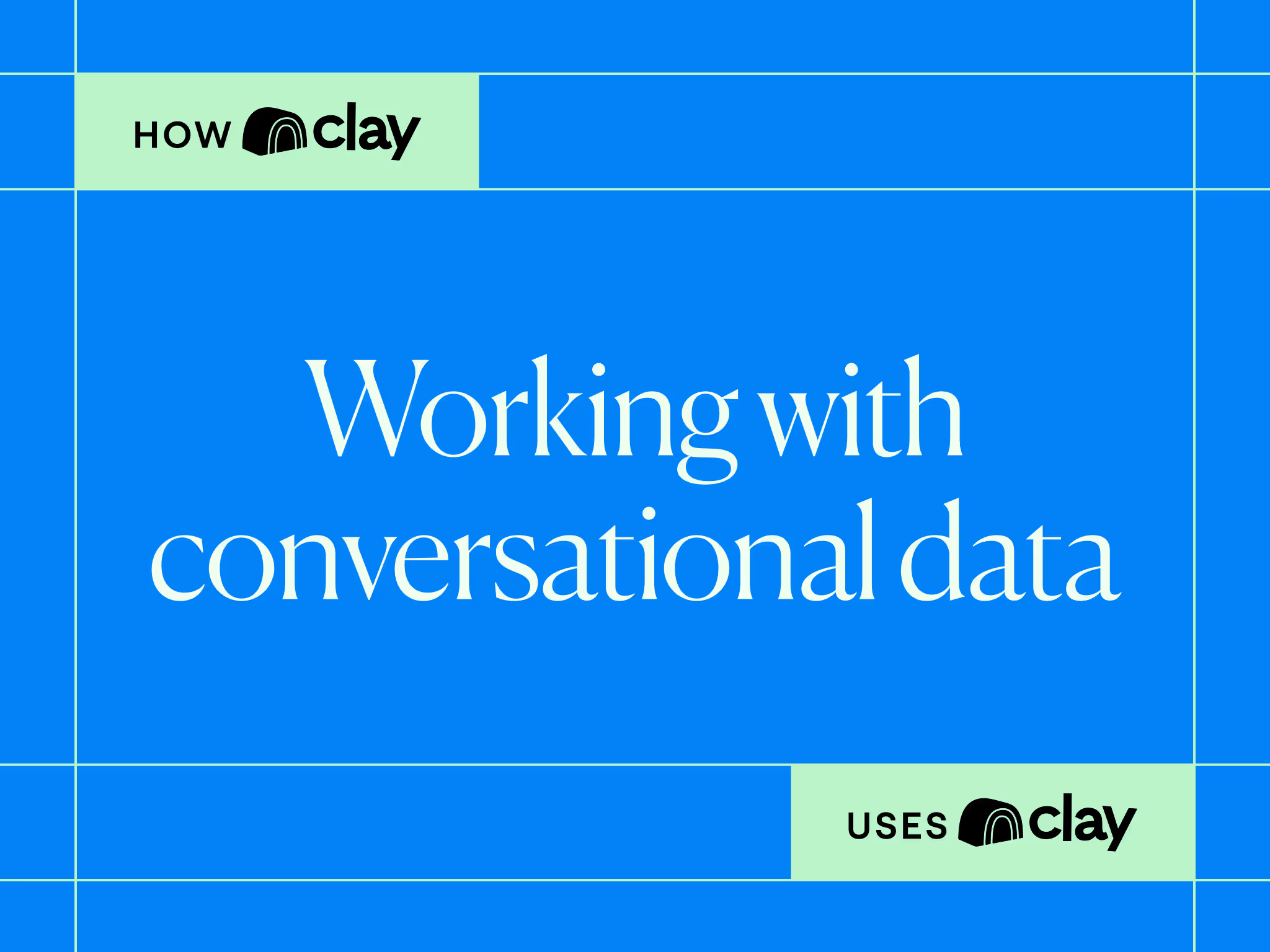
.avif)
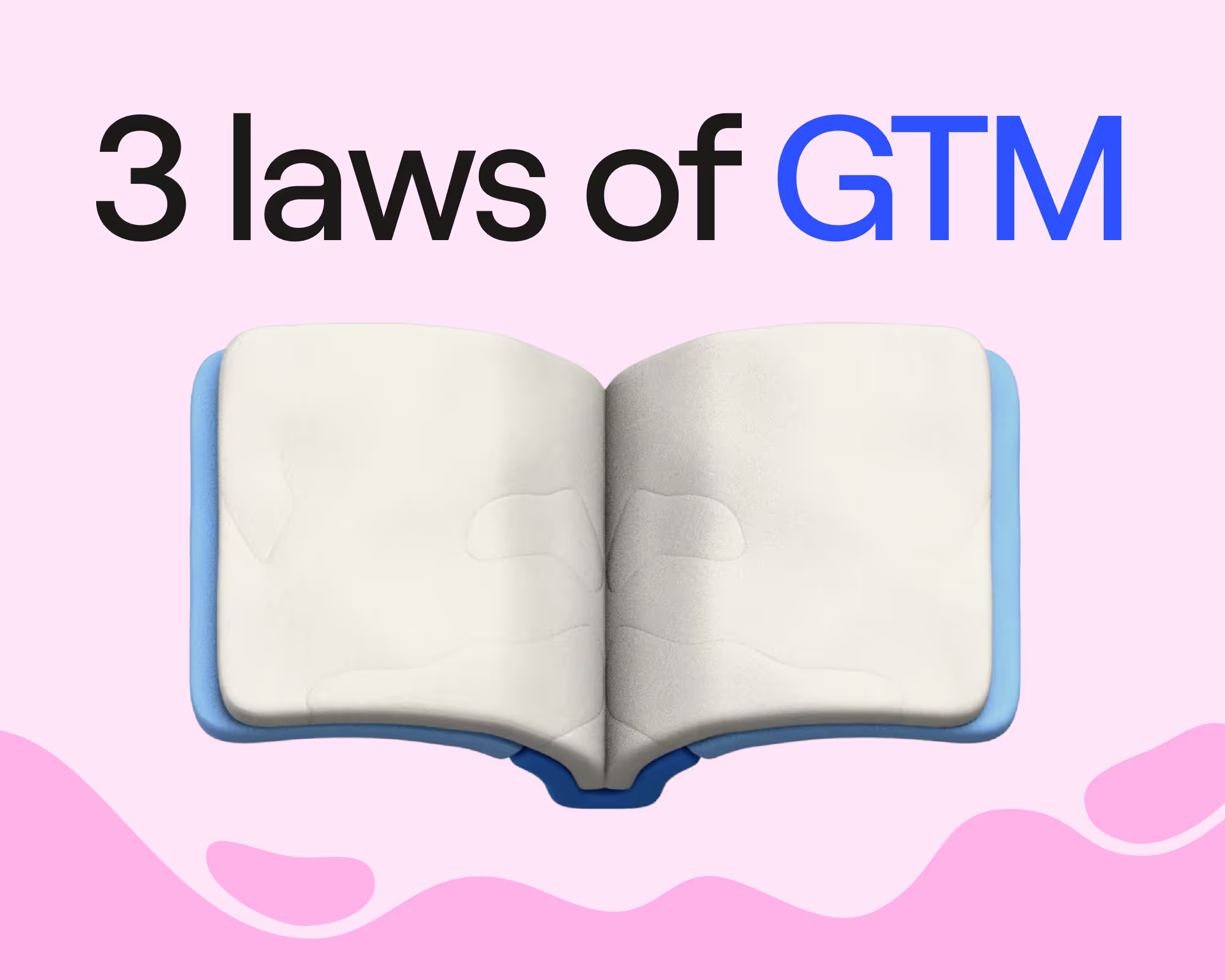
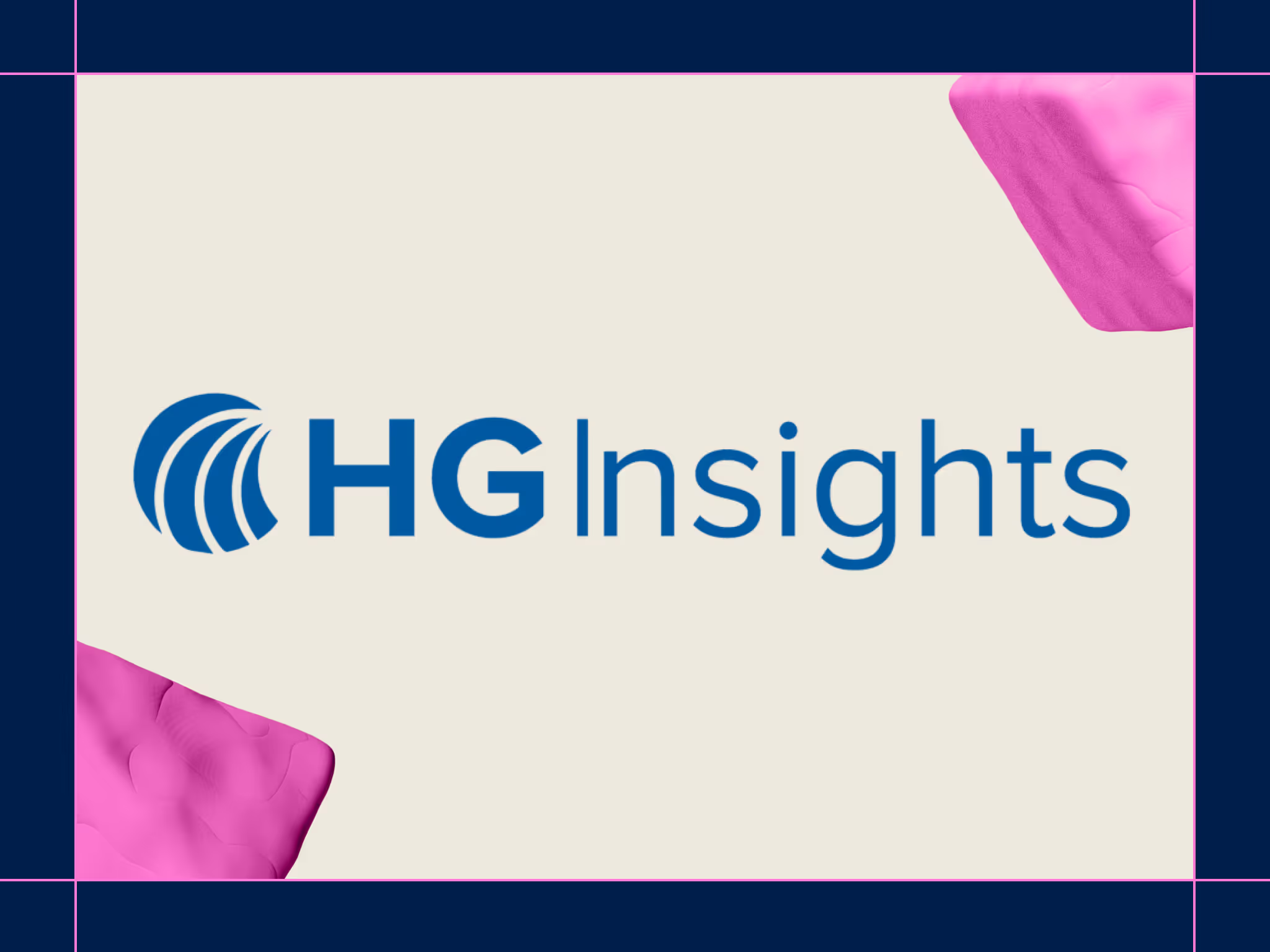
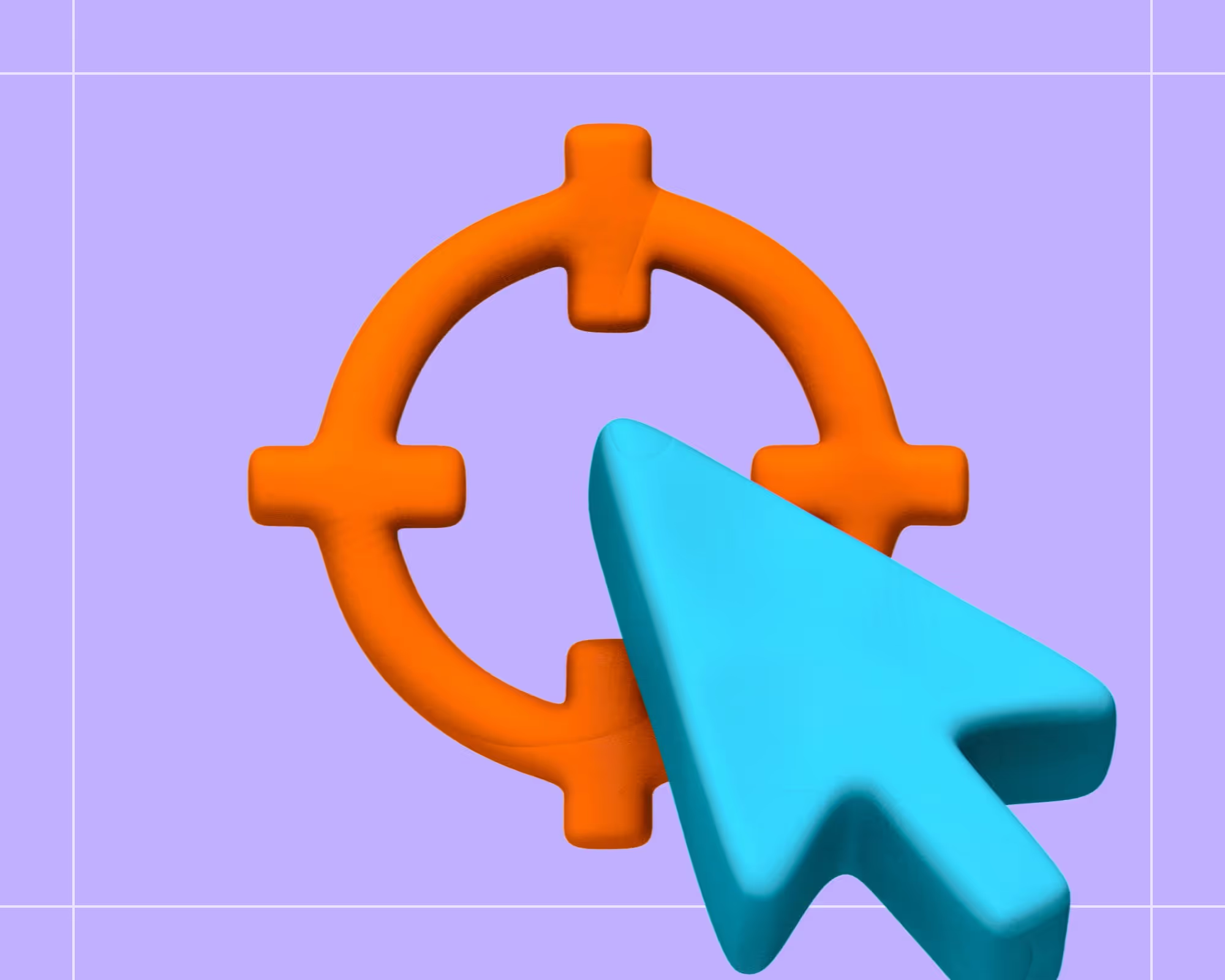


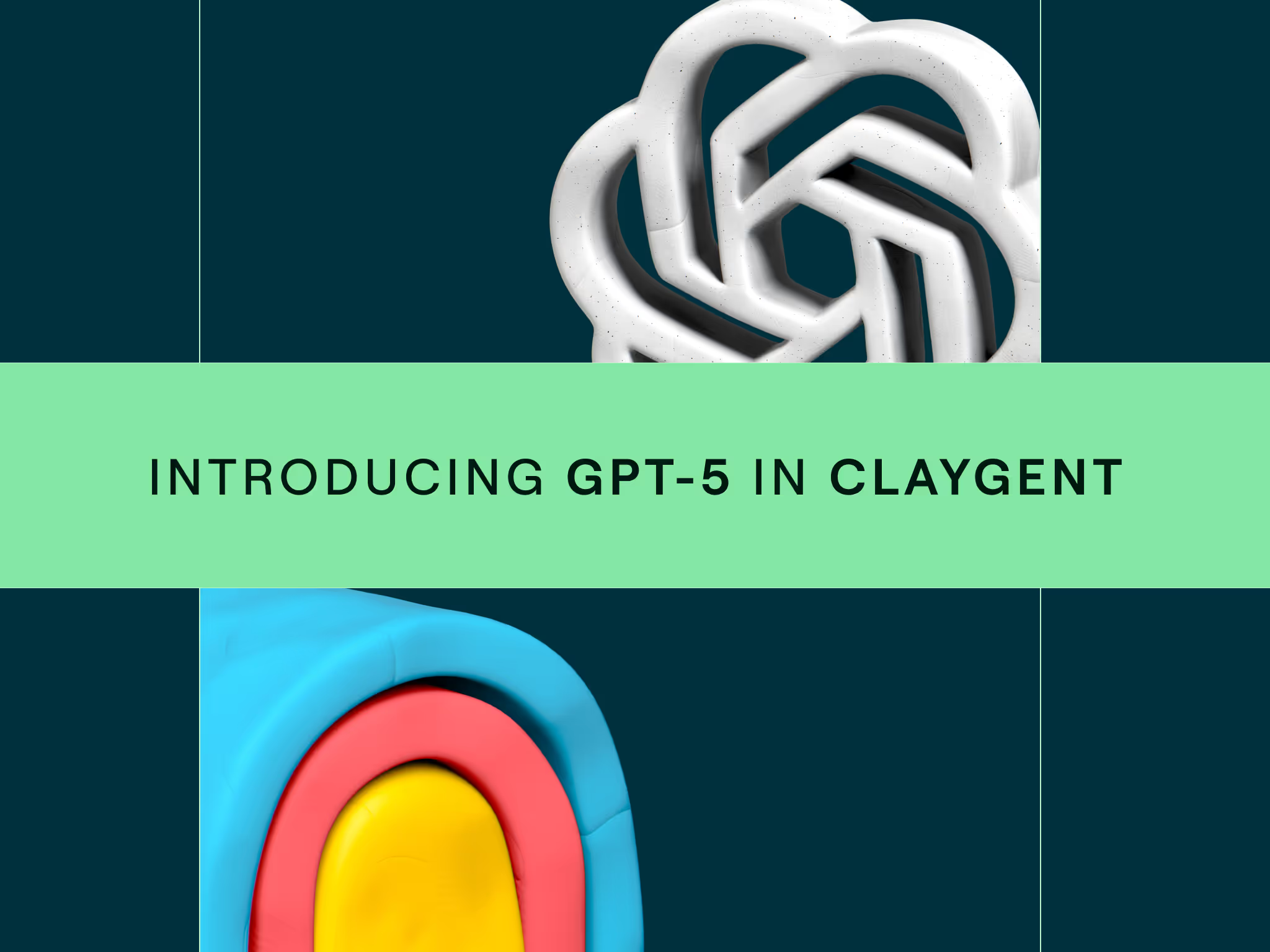




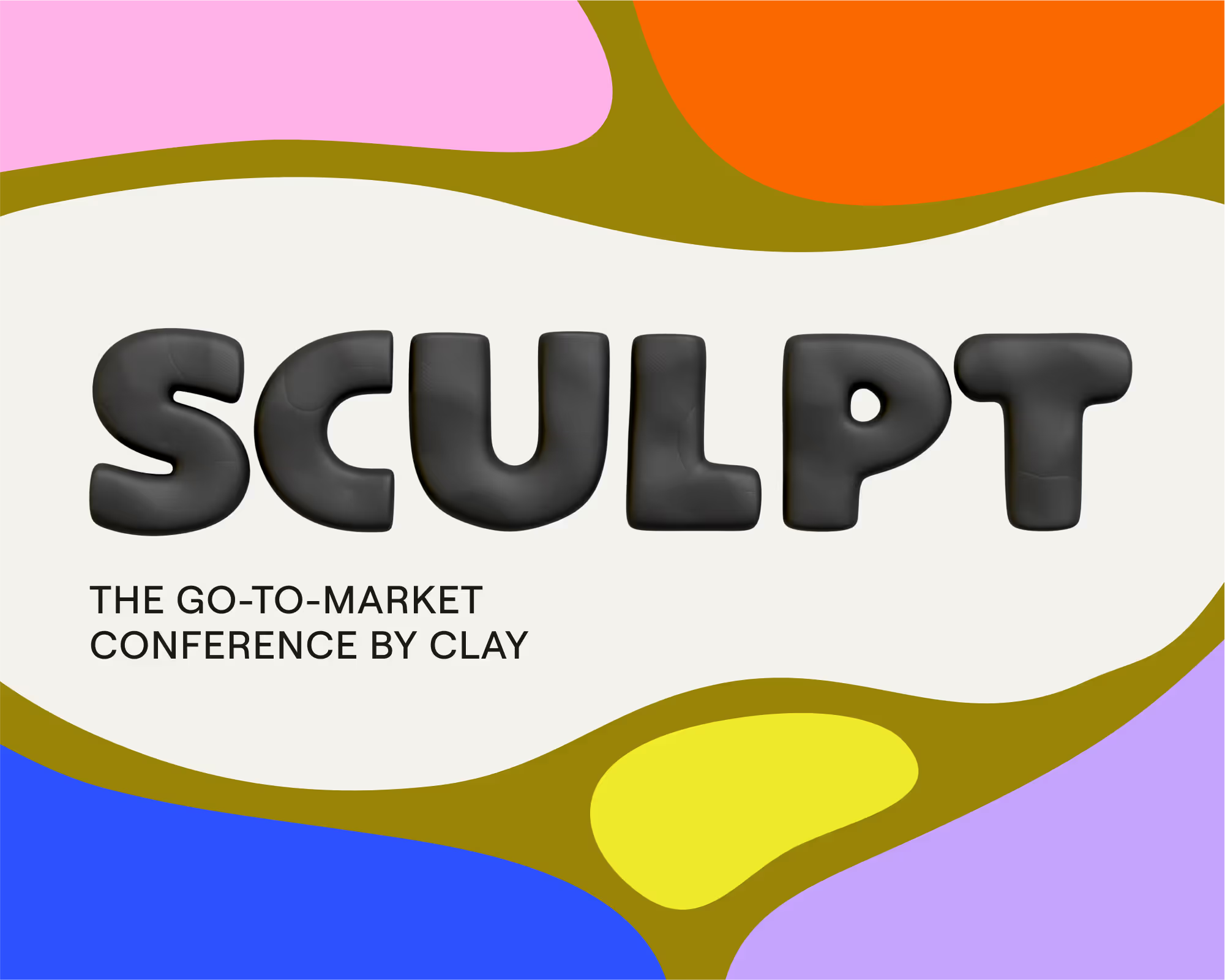
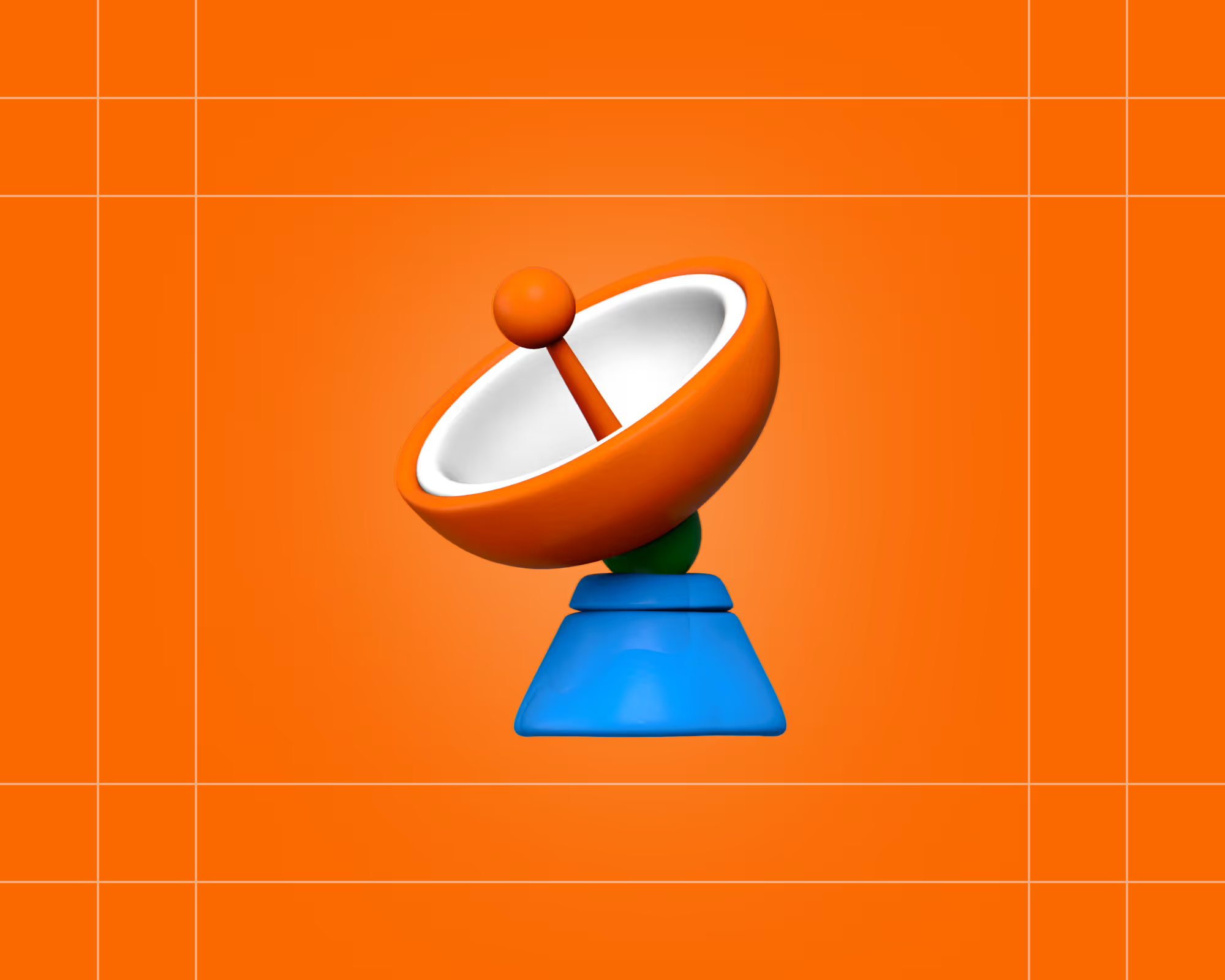

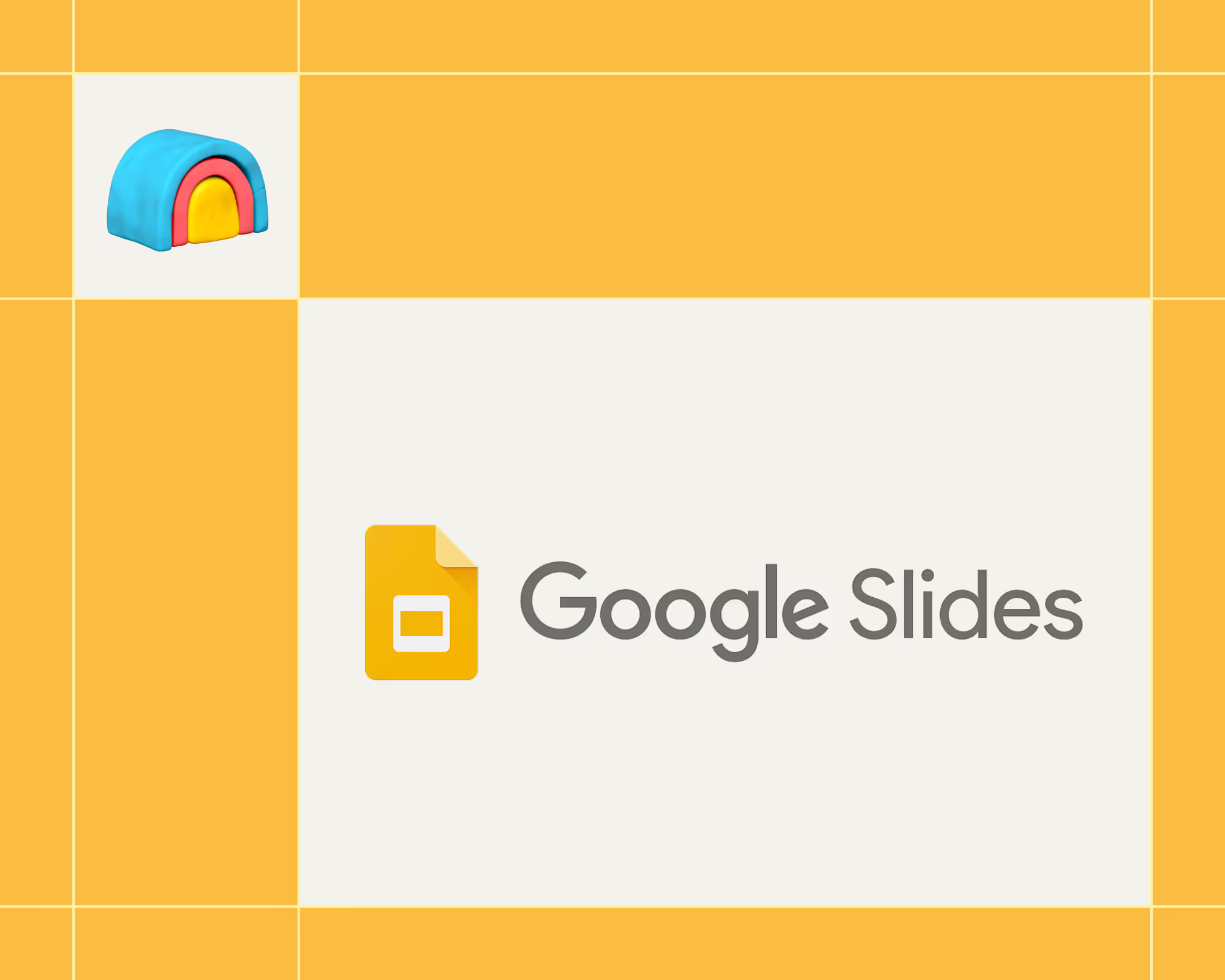
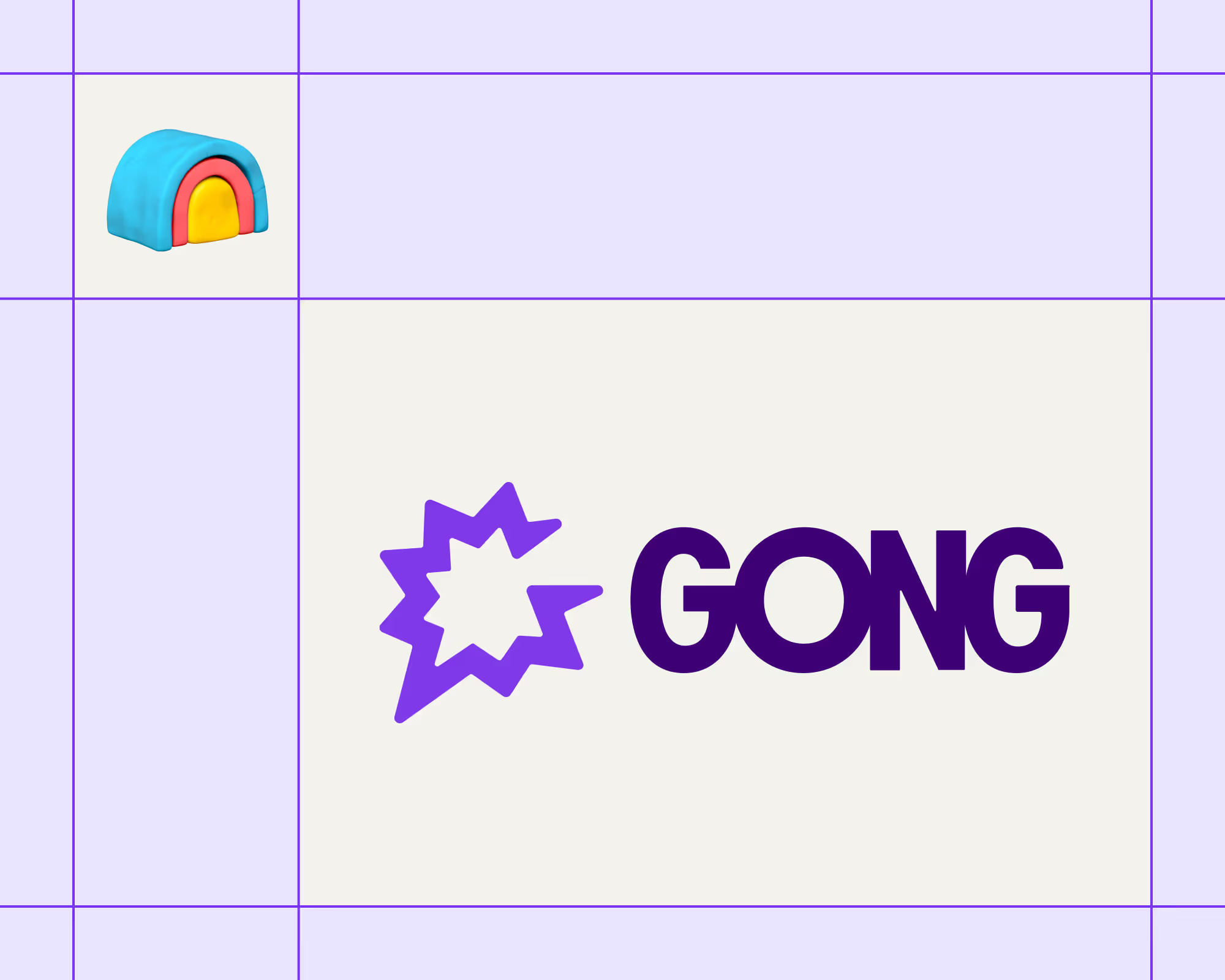
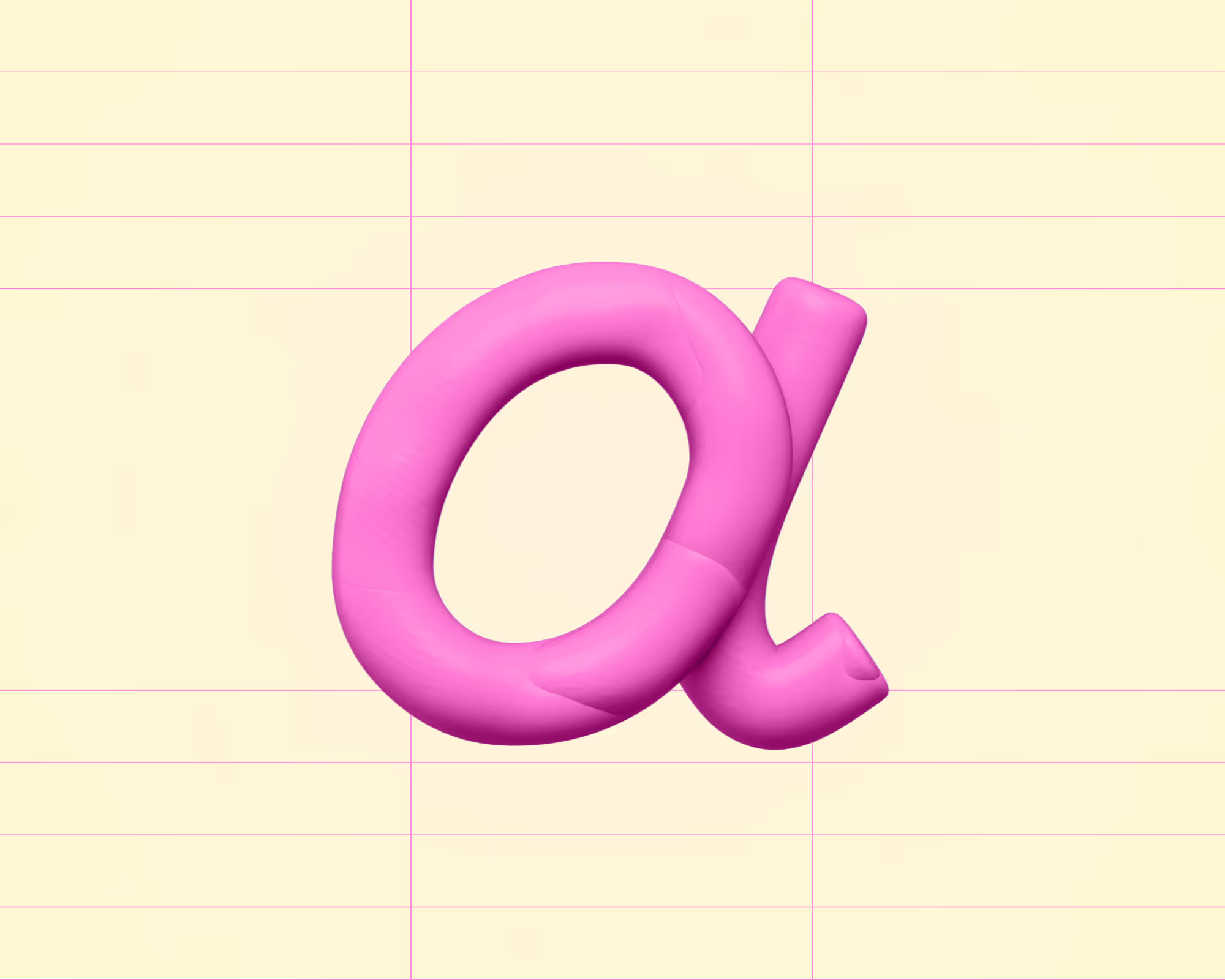
.avif)











.avif)
.avif)





















































